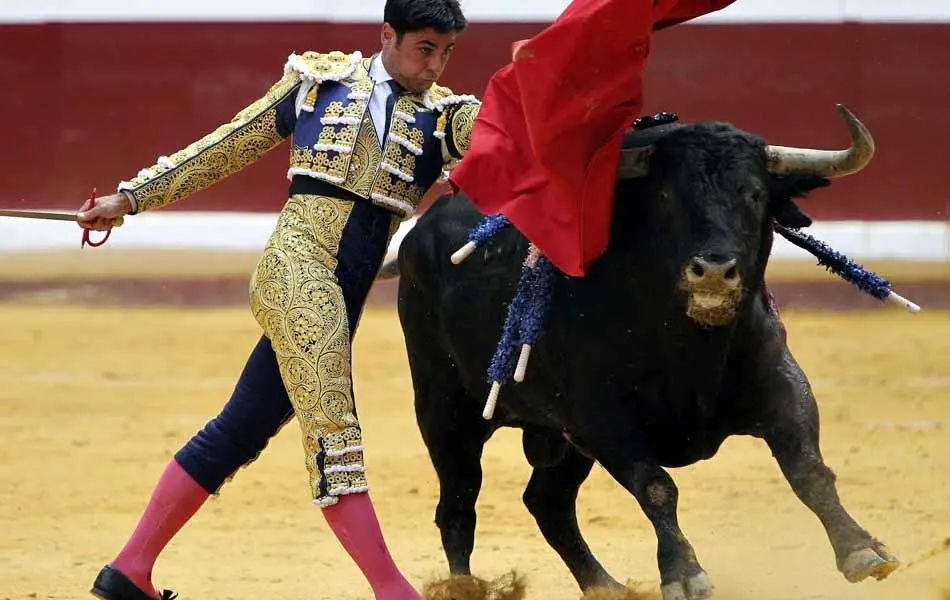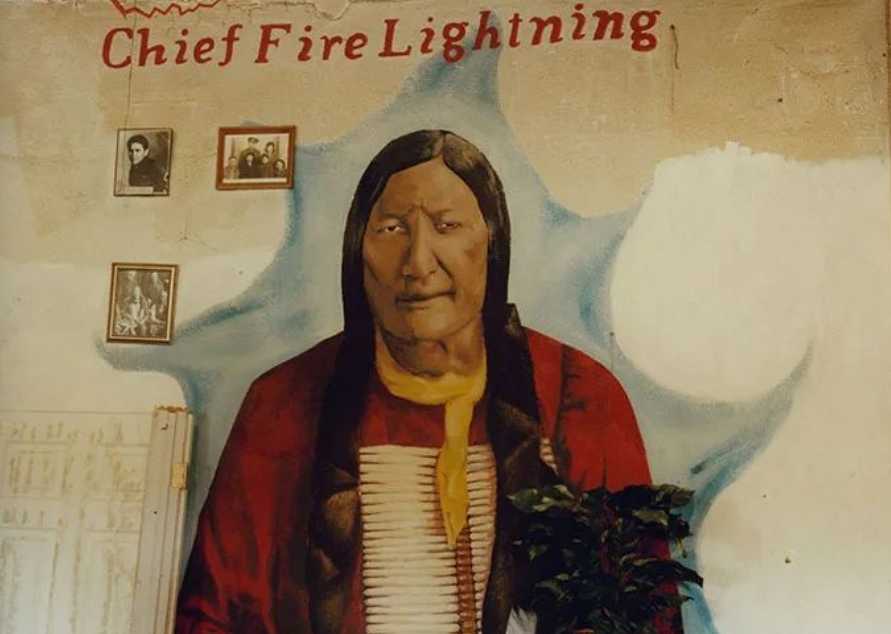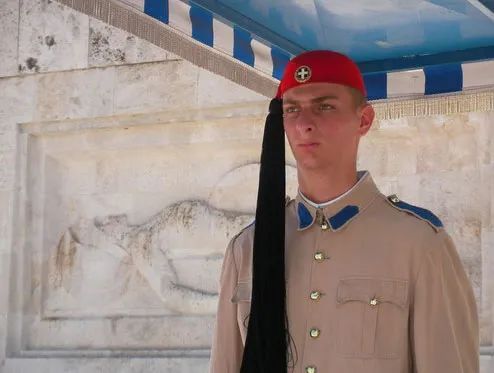Search for information
Bullfighting: A Deep - Rooted Passion in SpainBullfighting, or "corrida de toros," stands as an enduring symbol of Spanish culture, deeply ingrained in the nation's identity and passionately cherished by many Spaniards. This age - old spectacle combines elements of art, bravery, and tradition, captivating audiences across the country for centuries.
May 16, 2025, 10:55 am EDT

Source: Images from the Internet, if there is any infringement, please contact the removal of

Canada's Housing Demand Suppressed by Economic Recession Fears
Canada's housing market is facing a significant downturn as economic recession concerns weigh on potential homebuyers. A recent BMO survey reveals that 73% of would - be purchasers are adopting a wait - and - see attitude due to fears of an economic slump, a 13 - percentage - point increase compared to March.more

Tracing the Primitive Tribal Cultures of the Americas
Tracing the Primitive Tribal Cultures of the Americasmore

Greek Men and Their Braids: A Historical and Cultural Exploration
In ancient Greece, men's hairstyles were not only a matter of personal preference but also carried significant cultural and symbolic meanings. Among these styles, braids held a special place.more

"Warriors: Abyss" Second Update Brings New Characters from "Atelier" Series
Koei Tecmo's Roguelite - style action game "Warriors: Abyss" has launched its second - wave update. This update adds three new characters - Sophie, Lissa, and Yumia - from the "Atelier" series to the game. Along with the update, a promotional video has been released, which showcases the official illustrations and voice actors of these three characters, with a focus on highlighting the game's gameplay and the effects of their special attacks.more

Mexicans' Unusual Dietary Habit: Eating Cacti Daily
In Mexico, cacti are not just desert plants dotting the arid landscapes; they are an integral part of the local diet. It might sound astonishing, but Mexicans consume cacti on a daily basis. This unique culinary practice has deep roots in the country's culture and environment.more

Sony Reportedly Preparing a Reboot of Starship Troopers
It is reported that Sony is currently in the preparation stages for a reboot of Starship Troopers. The film will be written and directed by Neill Blomkamp, known for his work on District 9. This new adaptation will return to the original 1959 novel by Robert A. Heinlein.more

In France, on May 3rd, Prime Minister Bérut stated that in order to defuse the social backlash caused by large - scale fiscal austerity, he is considering holding a referendum on the national budget, claiming that debt reduction is crucial for the "future of the country" and requires a decision from the entire population.more

Breathtaking Scenes in India: A Blend of Faith, Culture and Natural Beauty
In the heart of India, a land of diverse cultures and deep-rooted traditions, one can find a wealth of experiences that are both captivating and spiritually enriching. From the sacred shrines to the vibrant cities, India offers a visual and sensory feast that is truly unforgettable.more

